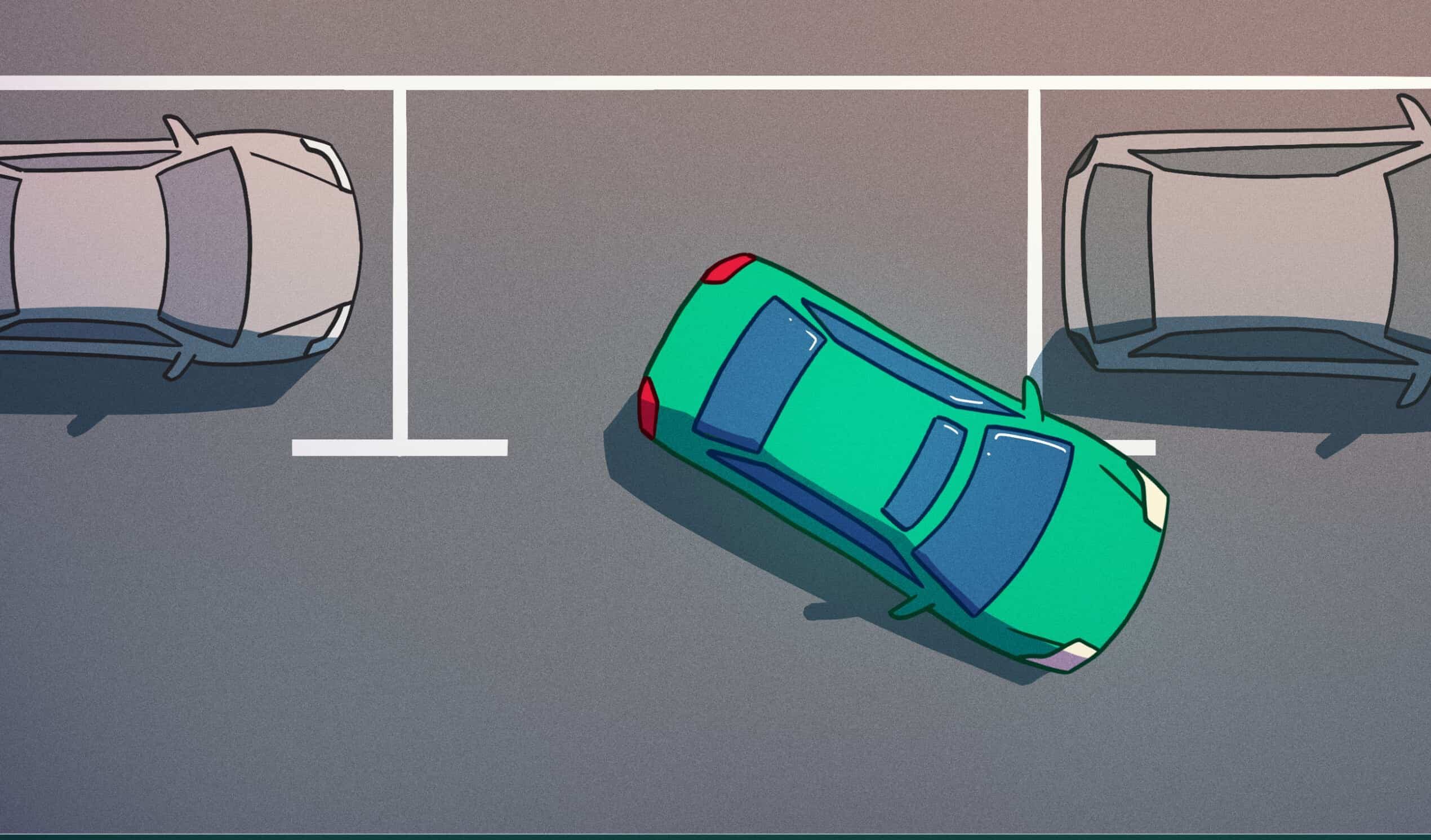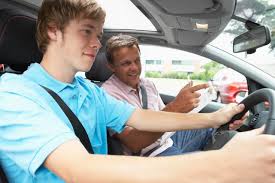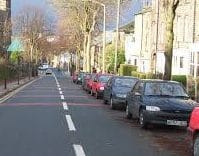
Learning to drive is a challenging task a learner driver faces. After all, it’s the first time behind the wheel! During manoeuvres, however, learners seem to get a bit tense. You don’t want to make an error, or you could end up committing a grave mistake!
During your practical driving test, you will perform one of the three driving test manoeuvres. It is impossible to know which practical driving test manoeuvres your examiner will select, so you should practice all of them so you will be confident during the test.
Precision & accuracy, control, and good observation skills are required to master these manoeuvres. Preparation is a great way to accomplish this. If you aren’t sure about all the driving test manoeuvres involved, this is the perfect place for you!
We will go over the various manoeuvres you will be expected to execute during your practical test. Also included are some helpful tips!
Driving slowly and observing your surroundings is a must.
Driving test manoeuvres
As you prepare for your test, you may think you have the basics down pat; however, even the most experienced drivers have trouble performing basic manoeuvres.
If you are about to take your driving test or have just begun to learn how to drive, it is crucial that you know the test manoeuvres and what to do. The driving test examiner will ask you to demonstrate one random manoeuvre, so it’s imperative that you can demonstrate each manoeuvre correctly.
The driving test won’t include another important driving manoeuvres. However, you should learn them before driving on your own.
You’ll learn how to complete the various driving test manoeuvres you may be expected to perform during your driving test by following this guide.
If you have just started driving, or you’re preparing for your driving test, you must be experienced with the driving test manoeuvres that will be asked of you. Let’s explore how these manoeuvres work and how you might additionally benefit.
1. Pulling up on the right
A manoeuvre for the DVSA driving test where drivers pull up on the right is disputed as it encourages learner drivers to park against the traffic flow, which is higher risk.
However, if parking spots are only available on the right side of the road, you may not be able to park on the left, which is why learning how to do this manoeuvre safely is important.
As soon as it is safe to do so, your examiner will direct you to pull over to the right. Then, reversing two car lengths and when safe pull away and return to the road.
- Finding a safe, flat area where other drivers are minimally disturbed and you will not be distracted by driveways, turns, or intersections is the best way to show pulling to the right safely. When pulling over, be sure you have a clear view of your surroundings.
- Pull over to the right by using your mirrors, signalling and making sure you have no one in your blind spots. In the event you don’t check your blind spots, the test will be a failure.
- Before stopping the car, drive parallel to the curb to keep oncoming traffic from being obstructed.
- Stop your car and apply the handbrake.
- As you pull away, take a glance at your mirrors and blindspots, then reverse for about two cars, and then apply the handbrake once more.
- When you feel the road is safe, release the handbrake, steer to the left, and move back on the road.
2. Bay parking
As an aspiring driver, you will most likely use bay parking, an essential manoeuvre, many times during your driving career.
There are two types of bay parking: forward bay parking and reverse bay parking.
Knowing how to drive forward and reverse into a bay is essential if you ever have used a car park. It’s impossible not to use this manoeuvre at some point in your life. It is always safer to reverse park into bays when you can.
In light of the above, knowing how to perform both manoeuvres safely is vital as you will likely be asked to demonstrate one during your driving test.
As you drive into a parking bay, the examiner will ask you to manoeuvre within the lines while you drive.
Forward bay parking
- Select a bay – Choosing a bay on the right can simplify things for yourself. Avoid parking in bays with vehicles on both sides; the lines will be visible. Go slowly and steadily.
- Get moving and locate your reference point – Shift to the left to allow for plenty of space when parking on the right or position yourself to the right if parking in a bay on the left. While approaching your point of turn, be sure to check your mirrors and blind spots.
- Be quick with your steering and move slowly – Slowly navigate into the bay with full right and left lock, if there are no obstacles in your way. Make sure your car is straight, choose neutral, and engage the handbrake.
- If your position is not spot on then re adjust your position by coming out of the bay and drive back in.
- In reversing out of the bay – Before reversing, make sure that all blind spots and mirrors are inspected an ensure there are no other road users or pedestrians approaching.
Reverse bay parking
- Choosing your bay – Pick your bay and put yourself approximately two car lengths away, usually a third line from the bay, this will allow you to manoeuvre.
- Identify your point of turn and steer rapidly – Reverse until you are at the turn, look to see that it is clear, and then steer immediately with both hands,
- Adjust your position – Be steady and slow, and keep an eye on your blind spots and mirrors. Utilize your side mirrors to determine if you’re within the bay.
- Finalize and get going – When you have straightened up, put the car in neutral and select the handbrake. As soon as you’re ready, put the car in first gear, let go of the handbrake, and give a left or right signal before driving away.
3. Parallel parking
Parallel parking can be a tricky manoeuvre, as it requires you to make careful positioning decisions, move slowly and monitor your blind spots and mirrors constantly. Reversing slowly, but steering quickly is the key.
Here is a one of many ways some people choose to perform this exercise.
You will be required to demonstrate to parallel park by pulling up alongside another vehicle and then backing up into it.
The parallel parking manoeuvre is an essential one to master for everyday driving, just like the bay parking manoeuvre. Parallel parking will be essential if you have to park in front of your house or anywhere that has a limited number of parking spaces.
It is essential to learn this manoeuvre in urban areas or if there are parking restrictions, such as in a neighbourhood and built up area.
- Pull alongside the other vehicle – Before stopping next to the other vehicle, make sure you check your mirrors and blind spots to avoid being struck by approaching traffic. Once you are clear of the other vehicle, stop a bit ahead and shift into reverse.
- MSM (Mirror Signal Manoeuvre) and the correct position – When reversing, pay attention to the mirrors and blind spots, and keep an eye on the rear window. You should align the rear of your car with that of the other vehicle before coming to a halt.
- Locate your target and reverse into it – Begin reversing and steer quickly to the left. When your left corner is aligned with the right corner of the other vehicle, it’s time to look for the next point of reference.
- Steering wheel full lock and align – While turning the steering wheel fully right, continuously check the vehicle from all angles. Once the vehicle is straight, engage the handbrake and shift into neutral. When the instructor commands you to move off, perform the checks again.
4. Emergency stop
Although the emergency stop is not technically a manoeuvre, your examiner may ask you to demonstrate it safely.
An emergency stop will be able to demonstrate your ability to reduce speed quickly under control, and shows an awareness of hazards and responsiveness, proving that the work you put into preparing for the hazard perception portion of your theory test worked!
Having prepared for the unexpected will make you less likely to panic in the event of a crisis. Knowing how to carry out an emergency stop will be of assistance when situations arise such as when an oncoming pedestrian suddenly emerges from nowhere and the vehicle must be stopped.
- You need to wait for instructions – As opposed to the driving test manoeuvres, an emergency stop is not something you have to do instantly. The examiner has to give you a sufficient amount of notice before asking you to perform this manoeuvre. Once you pull up, they will go over the procedure with you.
- Immediately act – Once you receive the appropriate visual and verbal input, you must take immediate action. You may need to press both the brake and clutch pedals simultaneously in some cars with anti-lock braking systems. Consult your instructor if you’re unsure how to proceed.
- Watching and moving off – Before moving off, be sure to look in all your mirrors and blind spots. If it is clear, shift into first gear, let go of the handbrake, indicate, and drive away.



